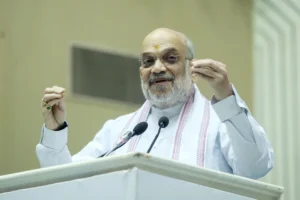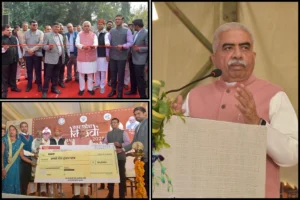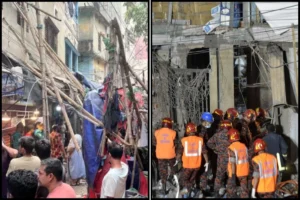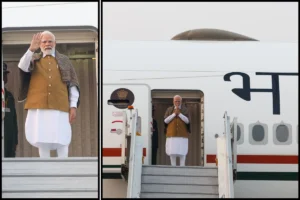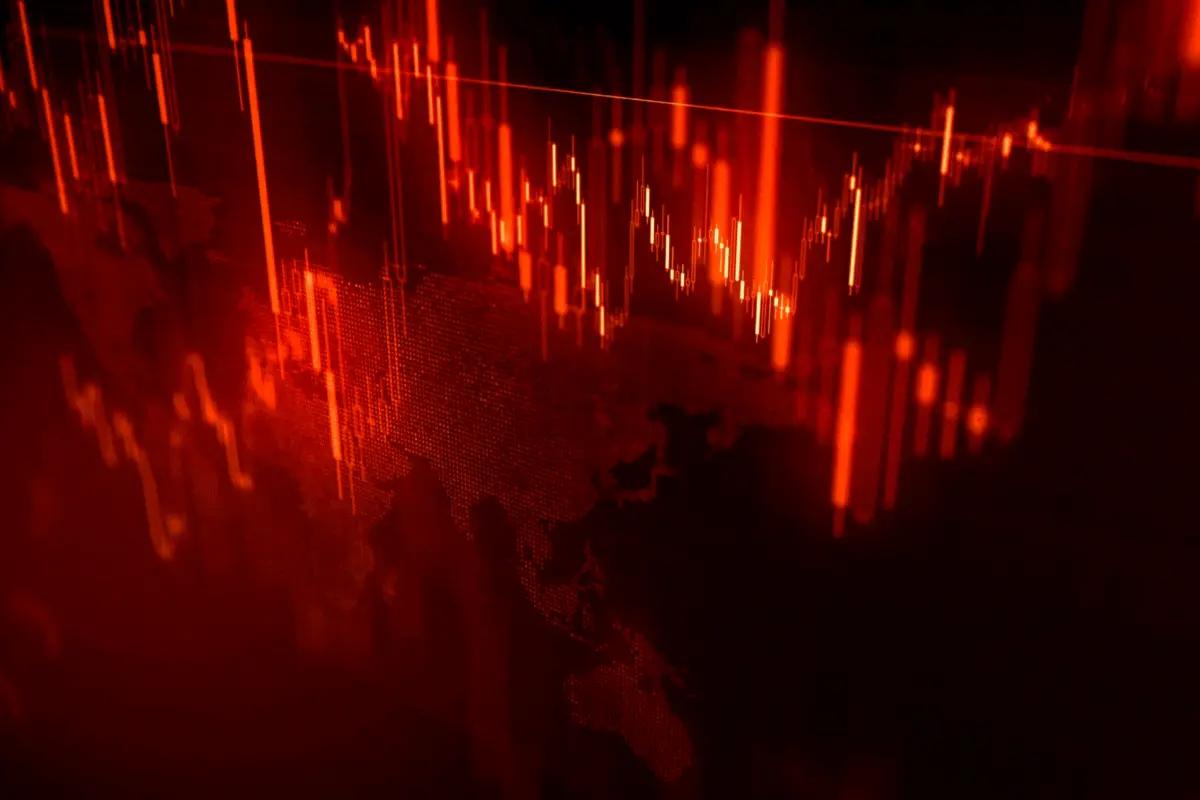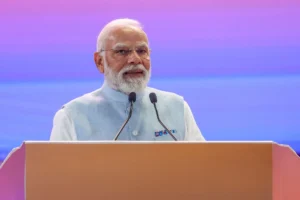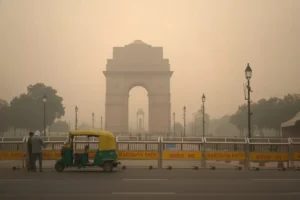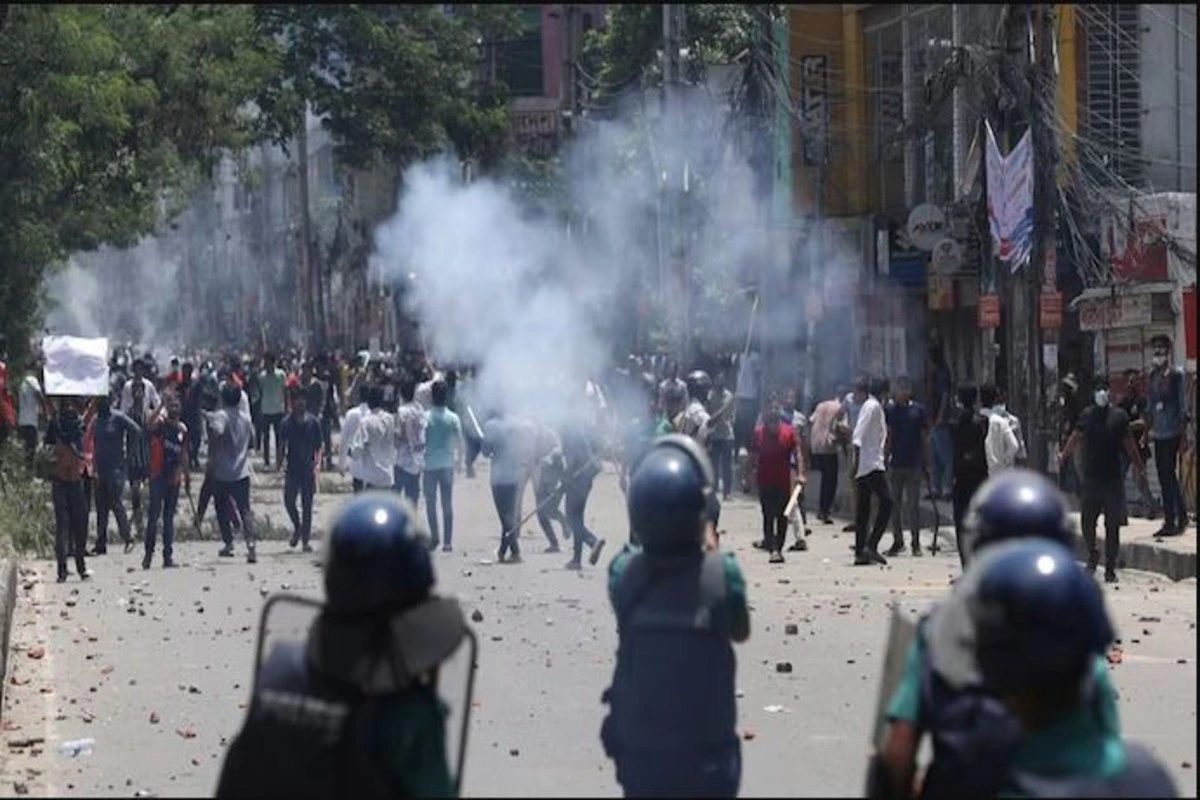
The ongoing quota stir in Bangladesh, which erupted on July 1 following the High Court’s decision to reinstate the freedom fighters’ quota that reserves one-third of civil service posts for their descendants, has escalated into violent clashes. The death toll has risen to 18, and thousands have been reported injured.
Thousands of students, armed with sticks and rocks, have confronted armed police in cities across Bangladesh, including Dhaka, Chattogram, Rangpur, and Cumilla. The unrest has prompted countries like India to issue travel advisories for their citizens.
Here are five key points that highlight the intensifying crisis in India’s neighboring country:
1. Death Toll Climbs to 18
The situation has rapidly deteriorated, particularly in Dhaka, where at least six people died in clashes with police on Thursday, according to a report by The Daily Star. The violence also claimed two lives and injured 50 others in Chattogram’s Bahaddarhat area on the same day. Students, who had called for a “complete shutdown” of Dhaka, rejected the government’s offer for talks amidst the raging protests.
In Dhaka’s Dhanmondi area, a 17-year-old student from the Dhaka Residential Model College was killed in clashes with police and Awami League members. Prothom Alo reported that the student had pellet wounds on his body. In the Uttara locality, four people died and over 1,000 were injured during a clash with the Rapid Action Battalion (RAB), as reported by The Dhaka Tribune. Uttara Adhunik Medical College Hospital confirmed the deaths and treated around 500 injured people following the violence.
2. Educational Institutions Closed
Due to escalating protests, the education ministry announced on Tuesday the closure of secondary and higher secondary educational institutions nationwide until further notice. The University Grants Commission also ordered the shutdown of all public and private universities, affiliated medical colleges, and other institutions. This decision was made for the safety of students, as stated in a press release. While the protests were initially led by public university students, private university students joined on Thursday. In response to a student’s death, protesters torched the residence of the Vice-Chancellor of Begum Rokeya University, Rangpur (BRUR).
Also read: NEET-UG Scandal: CBI Arrests 4 AIIMS Patna MBBS Students Following Civil Engineer’s Detention
3. Transport Services Disrupted
The student protests and subsequent acts of arson and stone-pelting have significantly disrupted transport services in Dhaka and other major cities, causing widespread hardship. Students blocked roads and train routes in at least eight districts, including Dhaka, Mymensingh, Khulna, and Chattogram. Dhaka Metro services were suspended on Thursday after 5:30 PM due to the protests. Several metro stations, including Mirpur-11, Mirpur-10, Kazipara, and Shewrapara, were closed after protesters set fires beneath the Mirpur-10 station. Blockades also occurred in smaller cities such as Rajshahi and Barishal for several hours.
4. Mobile Internet Shutdown
Mobile users across Bangladesh reported being unable to access the mobile internet and social media on Thursday amid the ongoing violence. Many users, including Md Alam, a flexiload seller in Habiganj, complained about being unable to use Facebook and YouTube despite having data packs, as reported by The Daily Star. The 4G network has been down at all universities since July 16, though the 2G network remains available for regular voice calls.
5. TV Station Set Ablaze
On Thursday afternoon, protesting students set the Bangladesh Television Centre in Rampura, South Dhaka, on fire. Reports indicated that many students breached the main gate, entered the premises, and started the blaze. As of 4:20 PM, the fire continued to engulf the TV station, according to the Dhaka Tribune. Numerous cars and motorbikes in the parking area were also torched. BTV Director of Administration Ruhul Amin told the Bangla Tribune that various rooms, including the garage on the ground floor, were on fire. Despite the dire situation, important offices and archives remained safe, though hundreds of protesters were stationed outside.
To read more such news, download Bharat Express news apps







